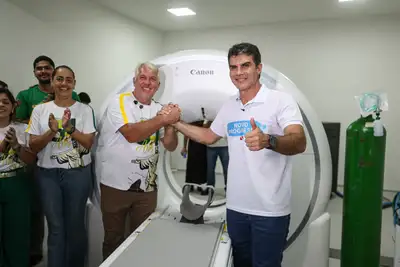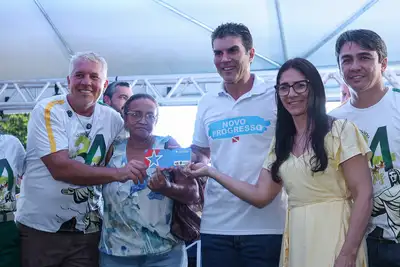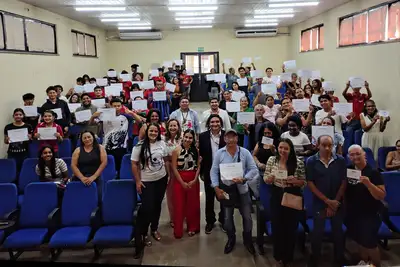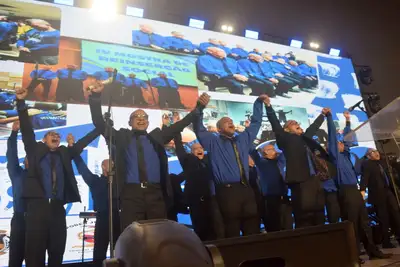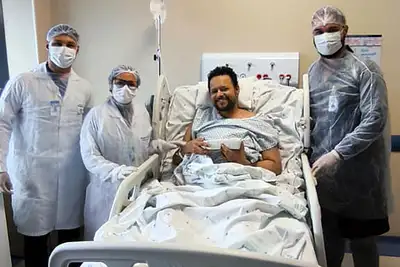Pará Expands Full-Time Education: Enrollment Grows Eightfold to Over 48,000 in 2025
With over 160 units, schools offer extended hours, three daily meals, and projects that combine learning and citizenship
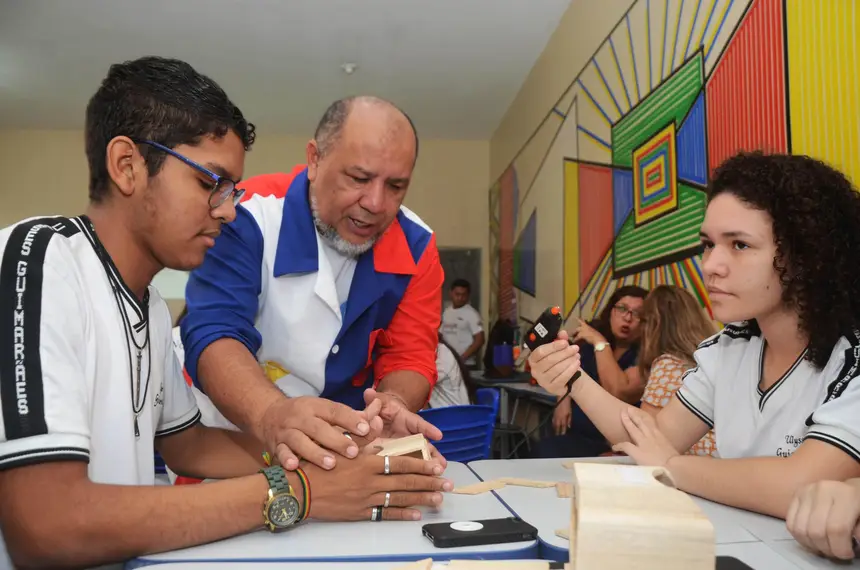
With daily schedules of 9 hours and 45 hours weekly or 7 hours daily and 35 hours weekly, the full-time state schools are strategic for the State Government in the ongoing effort to strengthen education in Pará. For 2025 alone, the State Department of Education (Seduc) has established 49 more units that adopted the Full-Time Education Program (PEI). In total, more than 160 schools in Pará have already adopted this pedagogical model.
In 2018, full-time schools in Pará served 6,000 students; by 2025, there was a leap to 48,000 enrollments, an eightfold increase in capacity. Full-time schools ensure students receive three daily meals (lunch and two snacks).
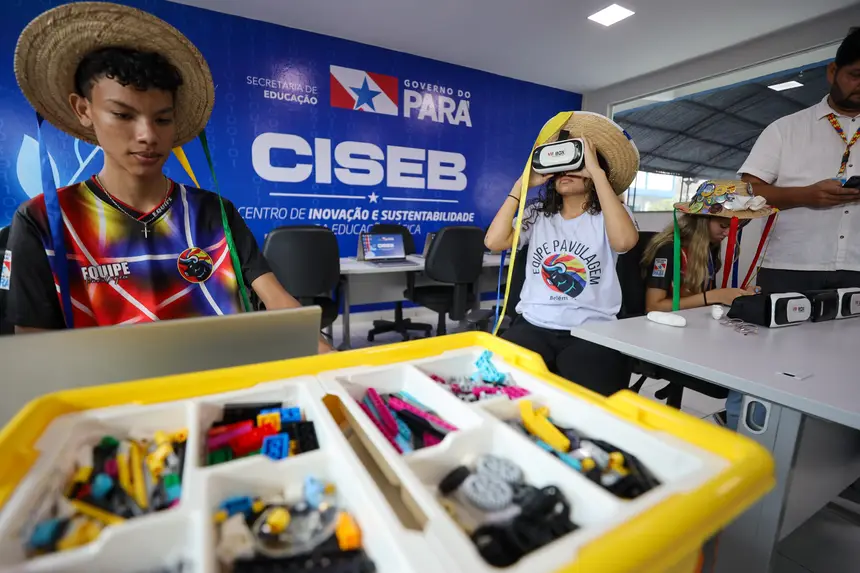
Heloisa Silva, an 11-year-old 6th grader from the state public network, loves the method, especially for having more time to participate in educational activities that stimulate her learning. "We participate in various different activities, which motivates us to study more. This makes school more fun and makes me want to come every day. There are days when I don't even notice the time passing, learning and having fun at the same time with my friends," she says.
Full-Time - Gabriela Bonfim, coordinator of full-time schools at Seduc, explains that in this model, the school community focuses on the complete development of students, reaching cognitive, social, and emotional dimensions, centered on building students' life projects. The aim is to prepare young people for the full exercise of citizenship, so they act autonomously, cooperatively, and competently.
“Studies on Full-Time Education conducted in Brazil indicate that these students perform better in assessments, have a higher probability of entering higher education, and also have a higher average income. When compared to students who had a part-time trajectory, graduates from full-time education often work in sectors with higher qualifications and greater female presence in the labor market,” says the coordinator.
12-year-old João Miguel Silva, a 7th grader from the state public network, lists among the main benefits of full-time education: greater learning of subjects and encouragement of interaction with peers, strengthening friendships. “Full-time school is not just a place to study; it’s a space where I can learn more, have more time to think, ask questions, and truly grow. Besides traditional classes, we have clubs, tutoring, guided studies, and all of this helps a lot because we don’t learn just from books, but also from the experiences that the school offers,” he says.
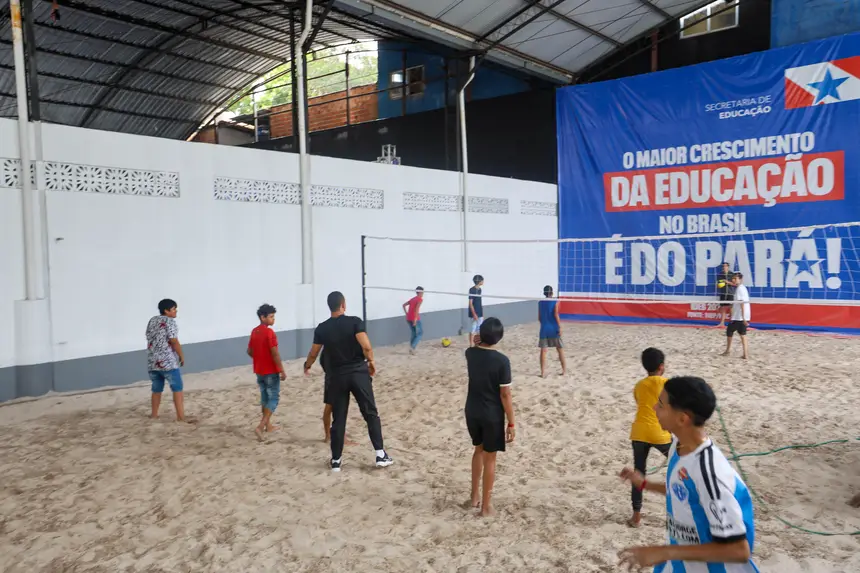
Projects - The Dr. Aníbal Duarte State School, completely rebuilt and delivered in Belém in April of this year, now offers 100% full-time education. Environmental projects are developed with students, aiming to foster sustainable practical thinking and generate extra income for them and their families through entrepreneurship. One example is the "Amazon Biojewels" project, which encourages the creation of jewelry using seeds from regional fruits.
In May, the Government delivered the Paulo Maranhão School in Guamá and the Augusto Meira School located in the São Brás neighborhood, both in Belém.



